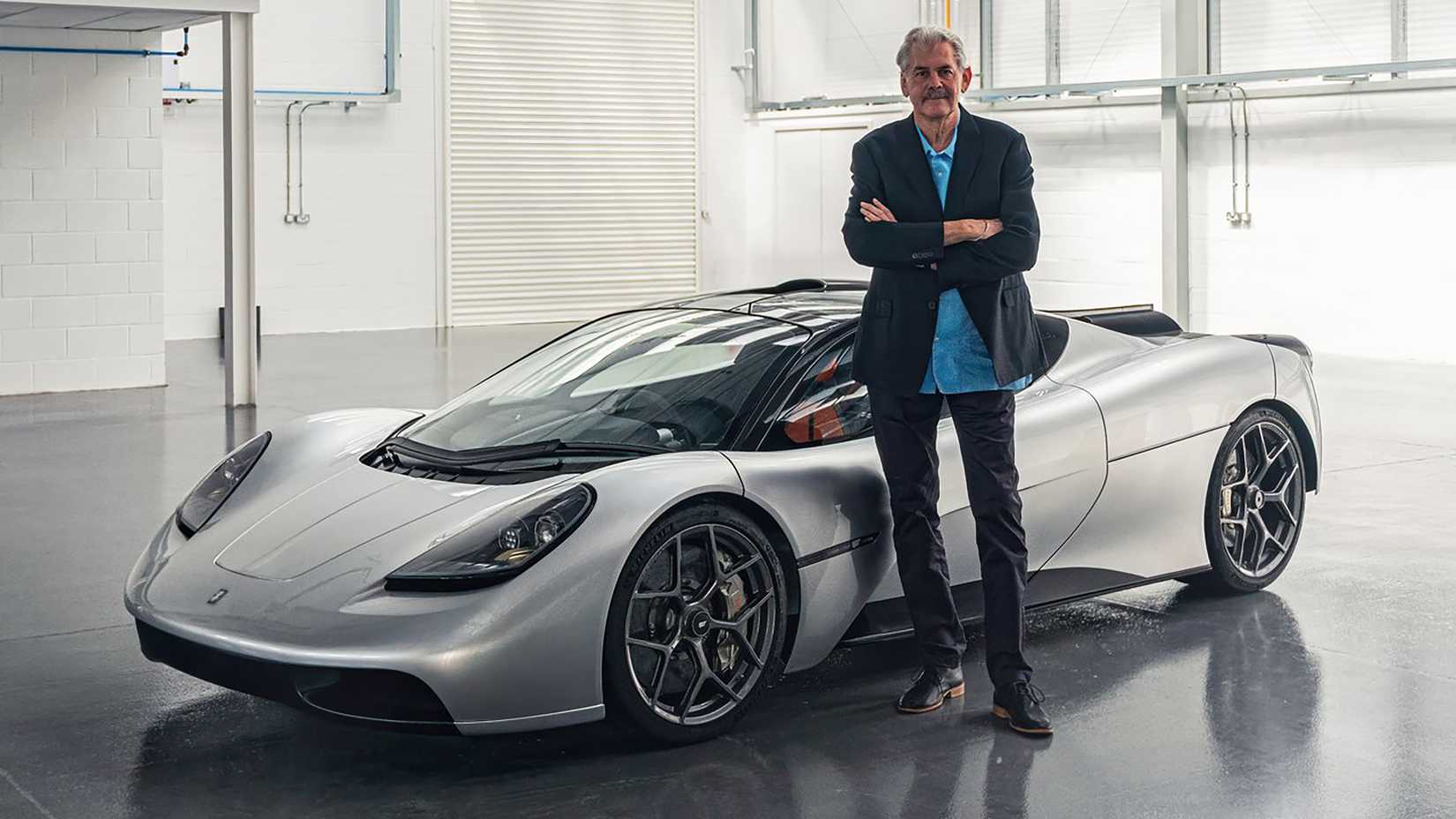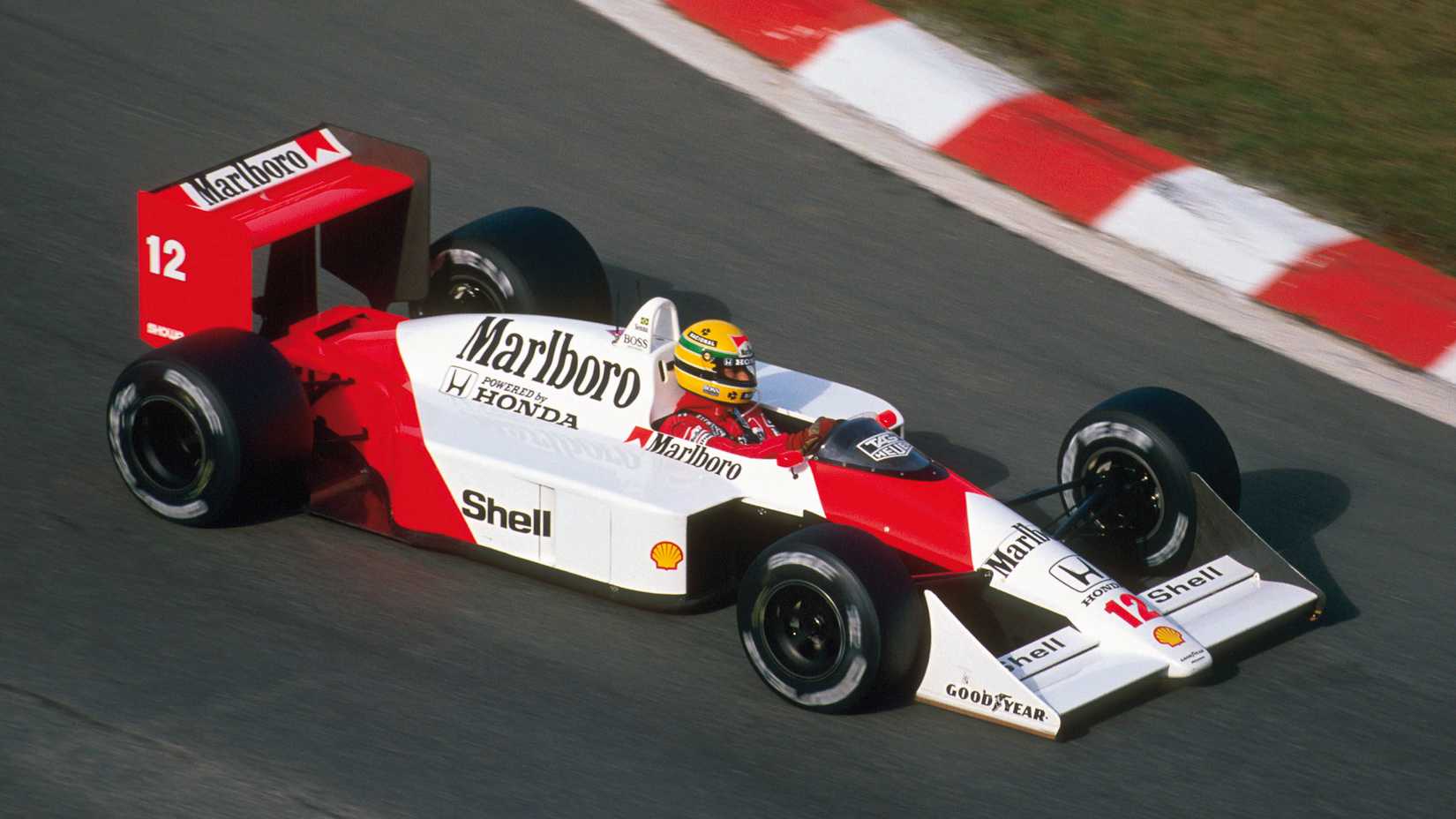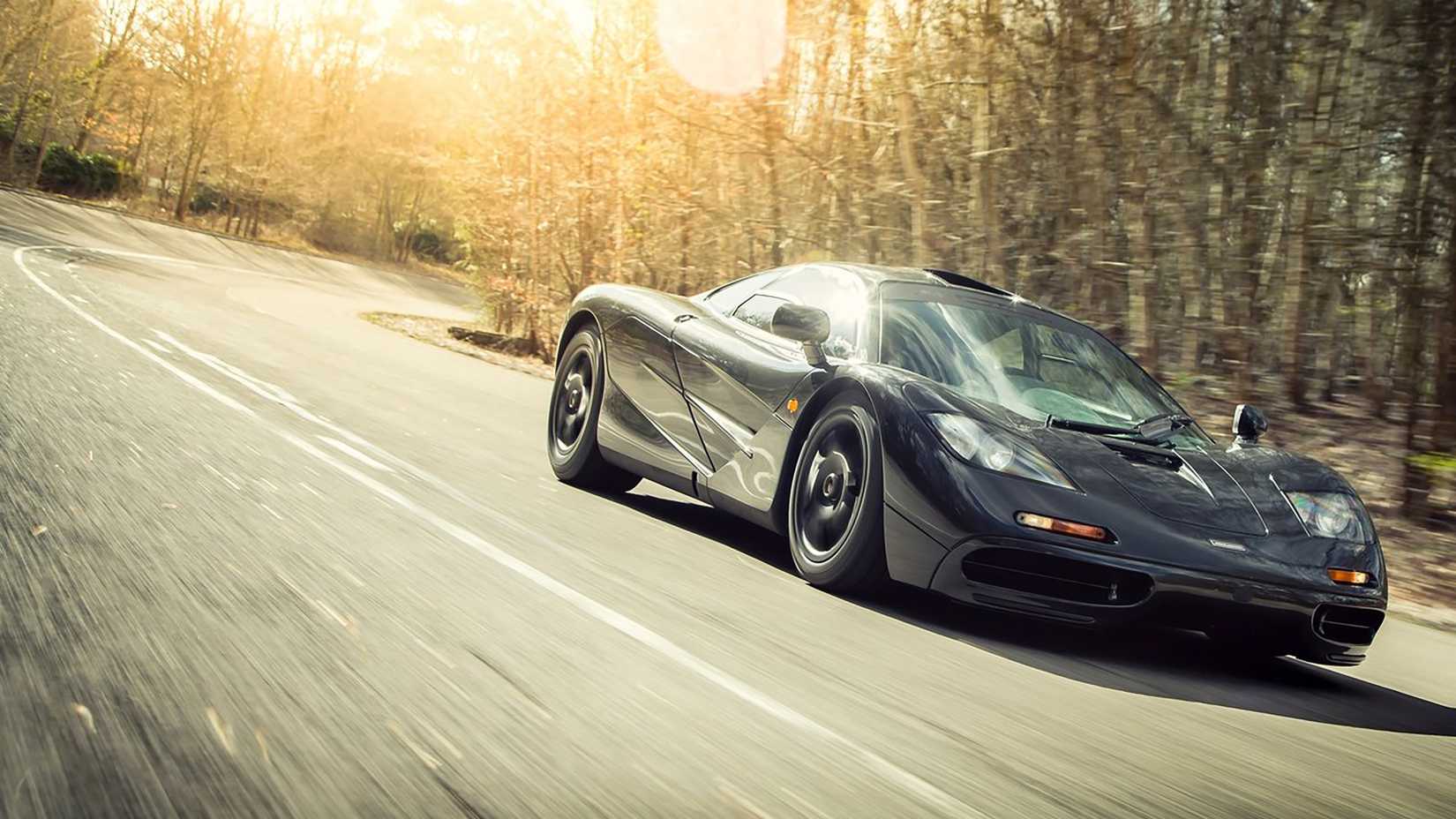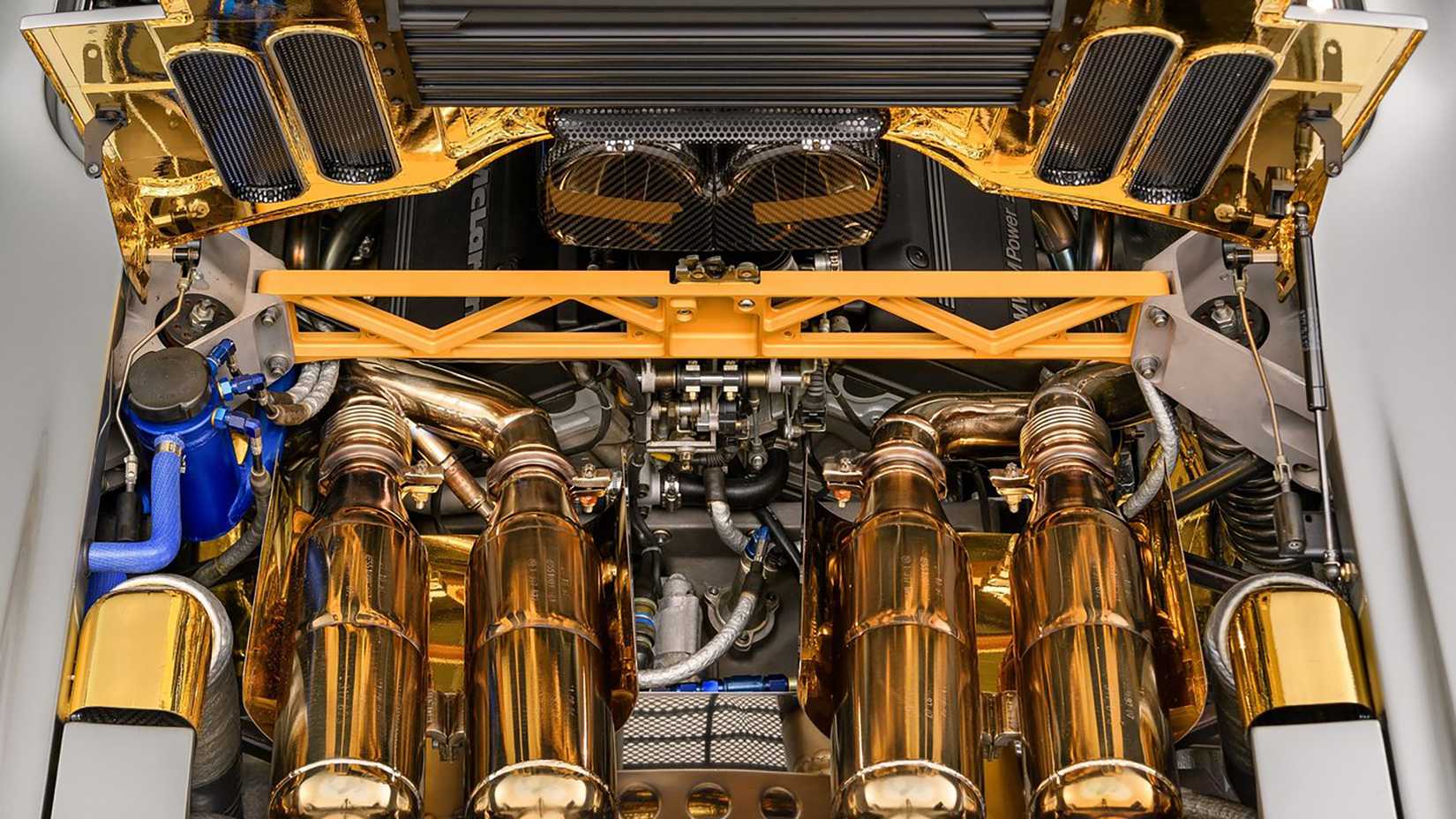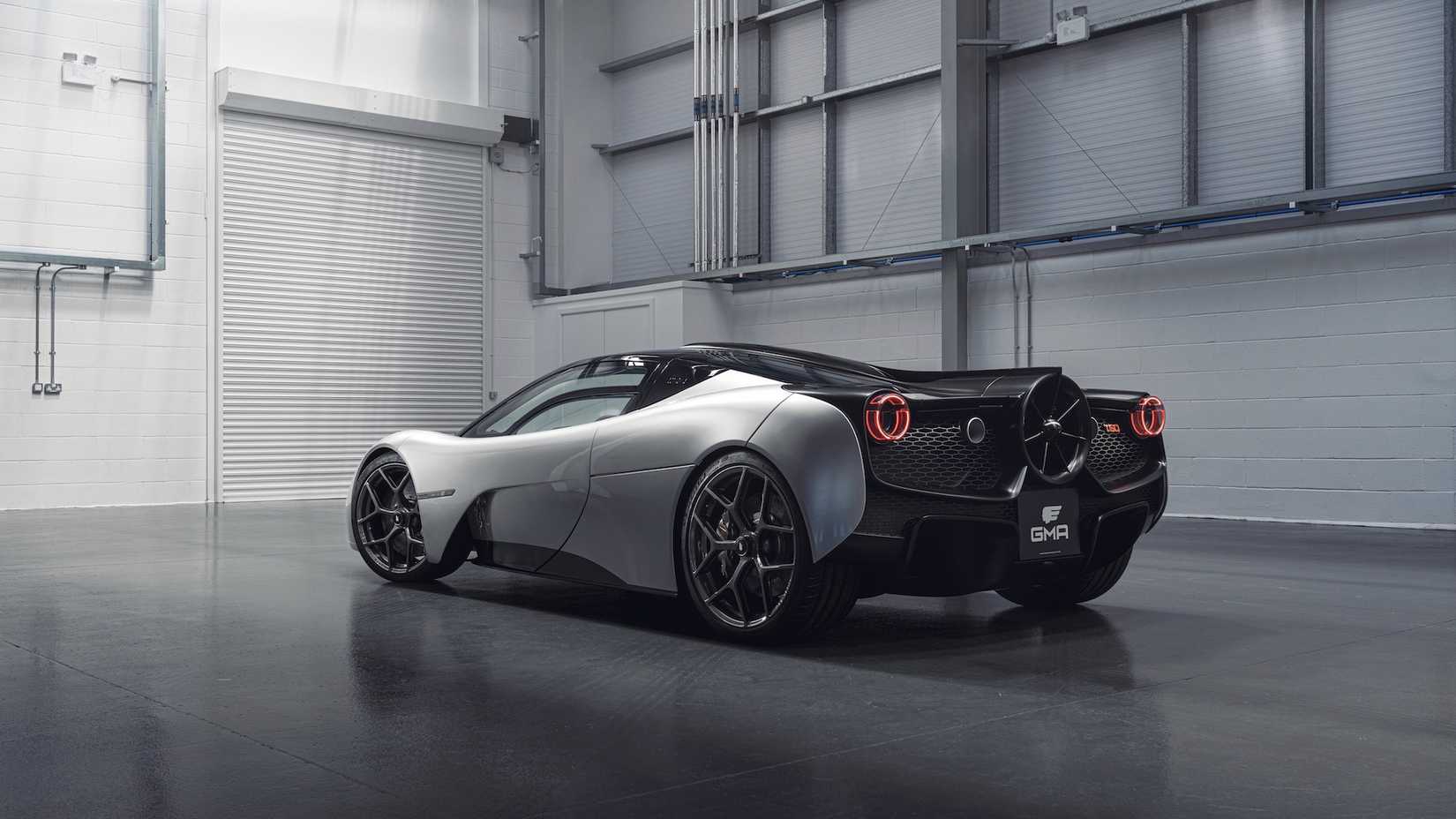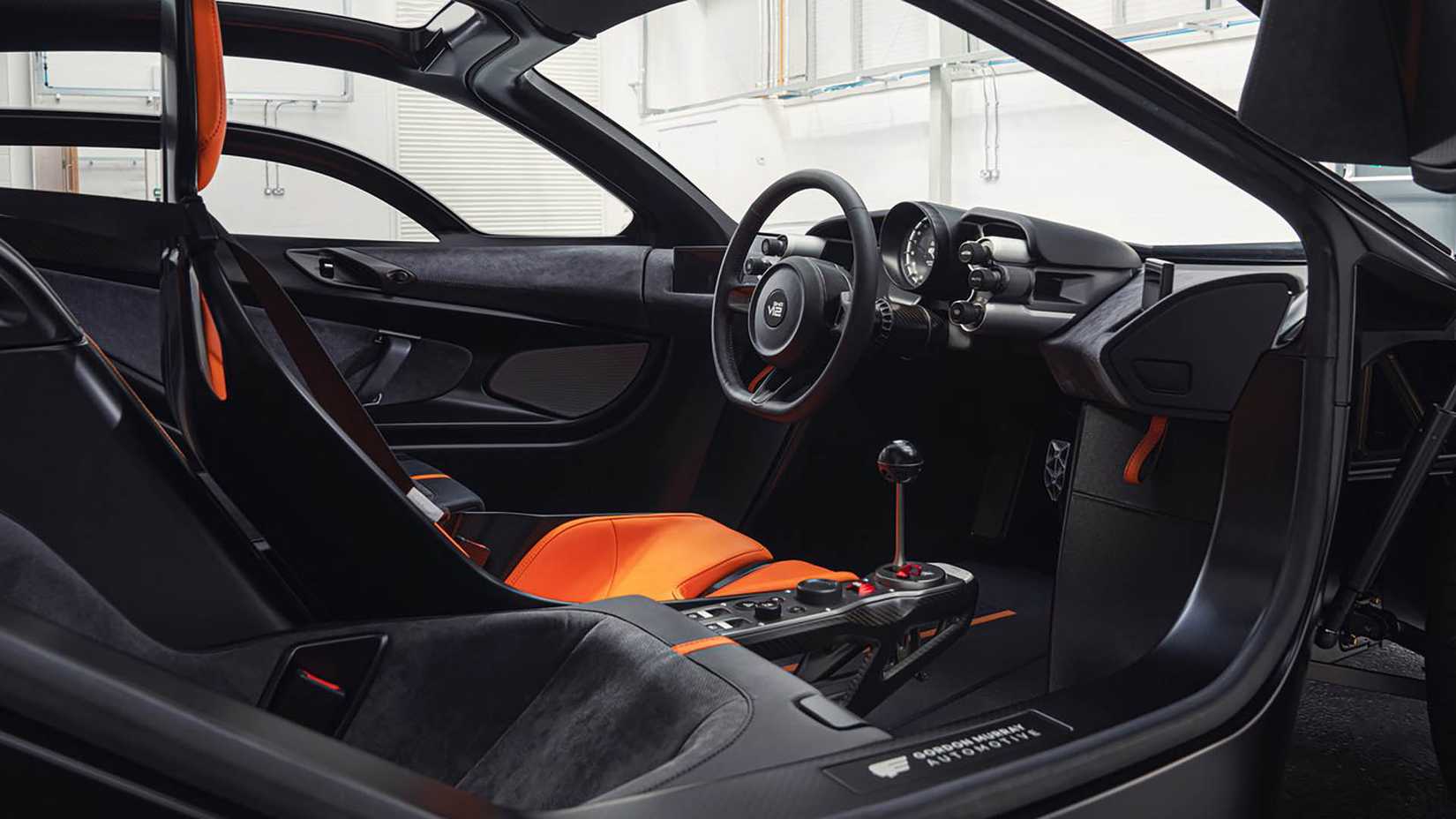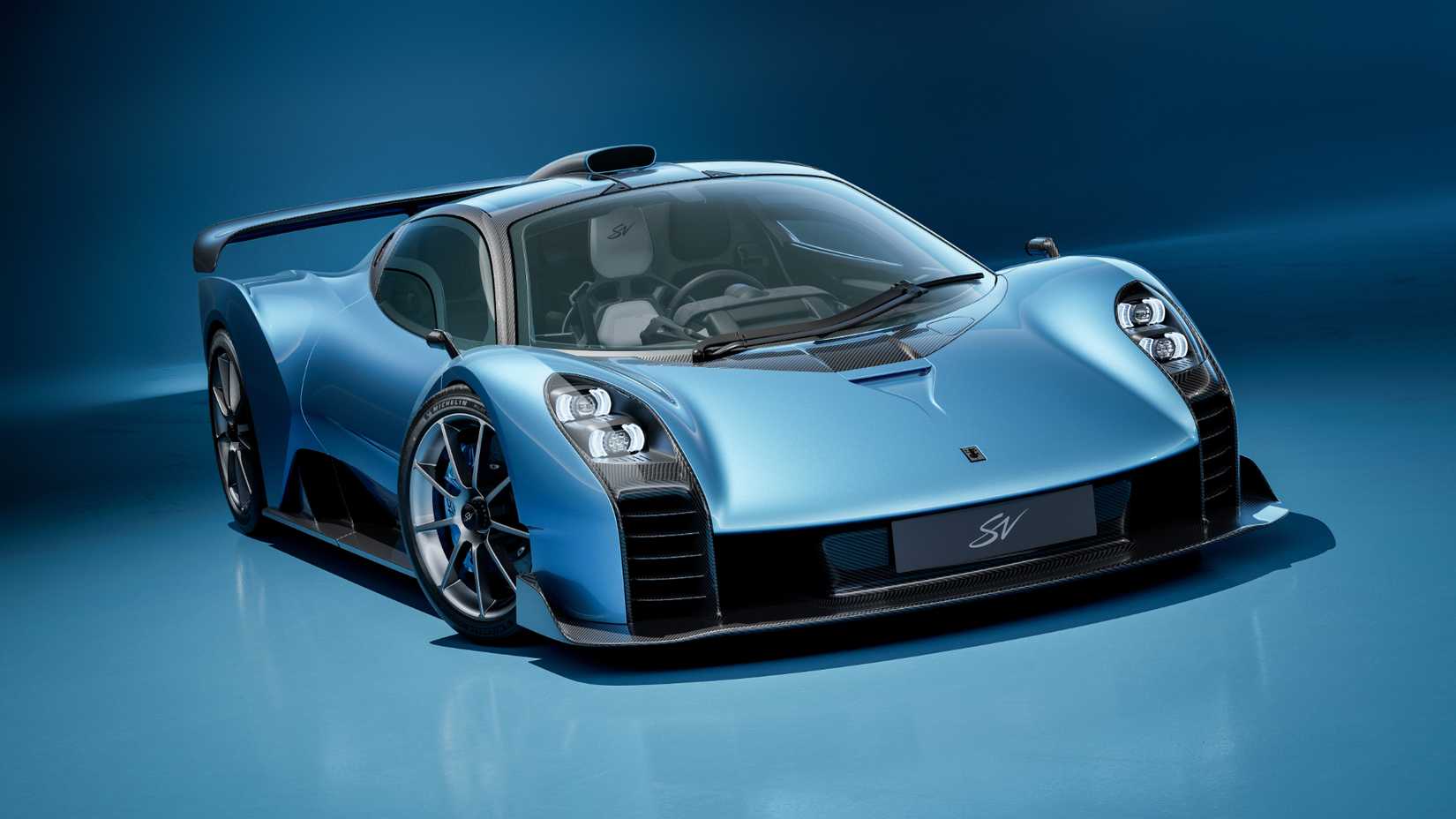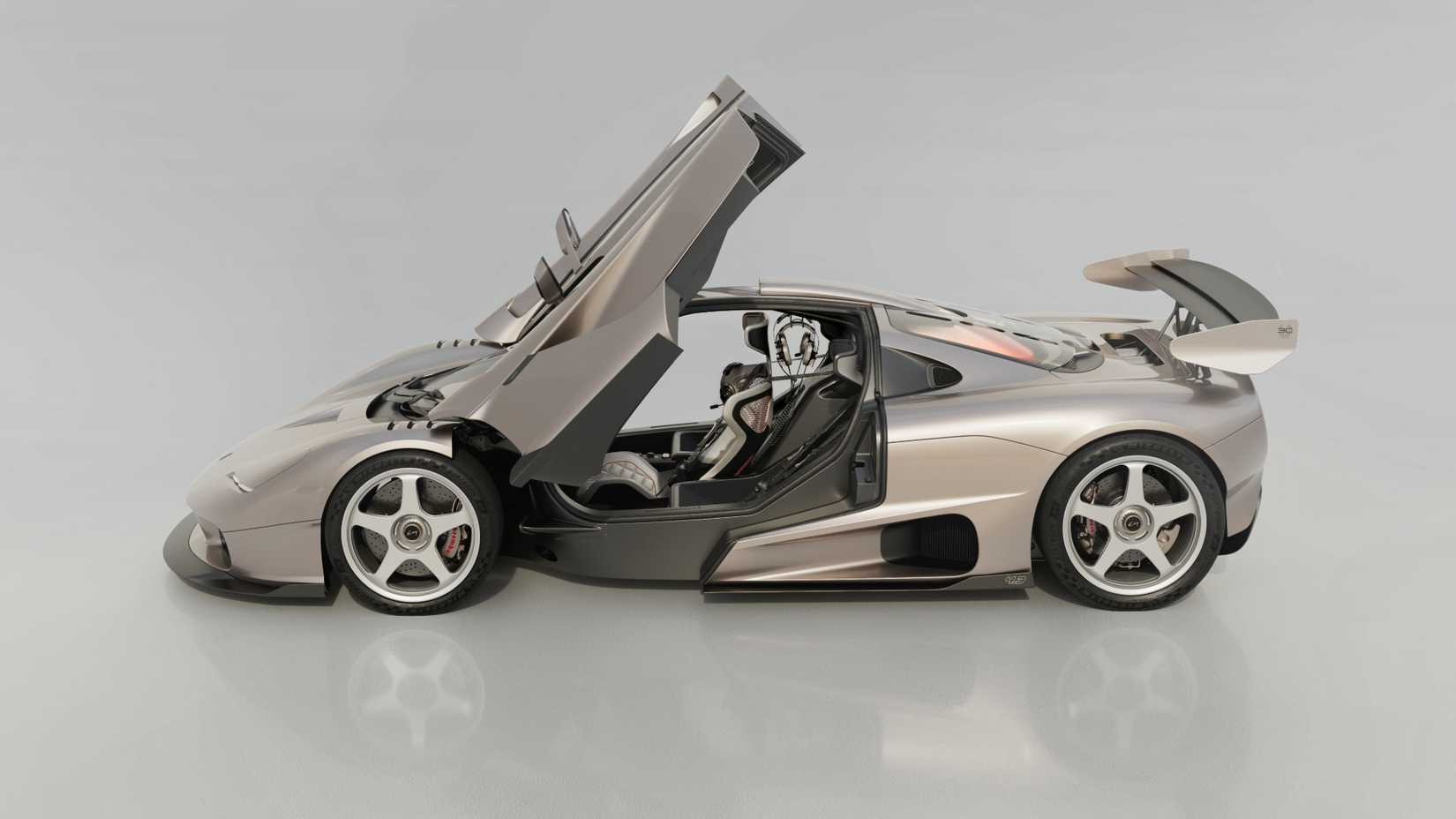When a vehicle designer can cook up multiple cars that can win Formula 1 world titles, you know they know their stuff. Gordon Murray crafted a legendary career at the pinnacle of motor racing, before later turning his focus towards perfecting performance-geared road cars. His company, Gordon Murray Automotive, continues to fly the flag for the car enthusiast to this day.
The great man has always had an unshakable passion for anything with an engine, leading him to get involved in the automotive industry from a young age. His formative years give a clear hint as to why he has such a penchant for designing cars that are inspired by those of yesteryear, and we love him for it.
Gordon Murray Was Always Destined To Make A Mark In The Automotive Arena
Murray, who holds dual citizenship due to being born in South Africa to Scottish parents, was exposed to engines from an early age, as his father was a racing driver and mechanic in his own right. Following in his footsteps, Murray later studied mechanical engineering at college, before his interest in racing led him to the racetrack. Due to a lack of funds, he ended up developing his own racer, which he named the T.1. It looked like a Lotus Seven and was powered by a small Ford engine.
In the end, he elected to sell it as he felt he was better suited to designing racers rather than piloting them. He used the money from the sale of his baby to immigrate to the United Kingdom, where the bulk of the world’s big race teams were based.
A Chance Meeting Secured A Glittering Formula 1 Career
Having heard the Brabham F1 team was looking for a young designer, he rocked up at the interview day in 1970 without an invitation. He fortunately met the team’s technical director, Ron Tauranac, while roaming the premises, and impressed him enough to be offered the job. He found great success with the operation, eventually becoming its chief designer in 1973 at the tender age of 26.
His cars managed to win two drivers’ titles, in the hands of Nelson Piquet, and win 22 races, including the 1978 Swedish Grand Prix, courtesy of his controversial BT46B fan car, which was soon banned after outcry from rival teams. The genius solution would feature decades later in his T.50 supercar. He moved to McLaren in 1986 and continued his enviable record, with his cars winning 75% of the races they entered.
The Mighty F1 Road Car Is His Crowning Achievement
For most gearheads, Murray’s most famous success was the McLaren F1 supercar. Having become bored with life in F1, Murray transitioned to become the head of McLaren’s road car division, and his first project was the F1. Wanting the vehicle to be the greatest supercar ever built, he left no stone unturned in making this goal a reality. The finished F1 arrived in 1993, and immediately grabbed headlines thanks to its three-seater cockpit, with the driver’s seat and controls being placed in the middle of the car, like an F1 racer.
|
1992-1998 McLaren F1 |
|
|---|---|
|
Engine |
6.1-liter NA V12 |
|
Transmission |
6-Speed Manual |
|
Power |
627 hp |
|
Torque |
480 lb-ft |
|
0-60 mph |
3.2 seconds |
|
Top Speed |
240 mph |
This was done to aid weight distribution, a subject Murray was obsessed with. He wanted each creation he penned to be as light as possible, so the F1 came with a carbon fiber chassis, making it the first production car to have one. The sub-structure was made from titanium. Murray’s team went to such extreme lengths that even the toolkit was made from titanium, which ensured it was 50% lighter than a conventional one made of steel. The F1 was also rapid through the bends, thanks to advancements like ground effect aerodynamics that boosted downforce, and a huge rear-mounted air brake that worked in conjunction with the car’s already beefy aluminum braking setup.
The F1 Became The Fastest Production Car Ever Made
The F1 mainly used ground effect as it reduced the amount of drag the body produced, which would allow it to chase the renowned production car top speed record. To achieve this, it needed a powerful engine. Wanting a lighter and more responsive naturally aspirated engine, Murray was able to get German giant BMW involved in the project, with the marque providing a 6.1-liter V12 named the S70/2. With 627 hp on tap, when combined with the F1’s lightweight construction and lack of drag, the car was able to hit an amazing 240 mph. It raced well too, with the competition F1 GTR claiming victory in the 1995 24 Hours of Le Mans endurance contest.
The record-breaking F1 held its top speed record until 2005, when Bugatti snatched it away with the Veyron.
Murray Later Went Out On His Own
Murray remained with McLaren until 2004, when he founded his own design office called Gordon Murray Design. He later got into the business of developing his own road cars with his Gordon Murray Automotive arm, with the first being the minuscule T.25, an electric microcar designed to be as efficient as possible. His first supercar was the T.50, which was unleashed in 2022.
|
2022 Gordon Murray Automotive T.50 |
|
|---|---|
|
Engine |
4.0-liter NA V12 |
|
Transmission |
6-Speed Manual |
|
Power |
651 hp |
|
Torque |
344 lb-ft |
|
0-60 mph |
N/A |
The vehicle was inspired by the F1, and featured design elements he couldn’t implement on the 1990s supercar. The chief of these was a large 15.7-inch fan mounted to the rear of the car, which was inspired by his 1970s BT46B F1 racer. The fan worked with the T.50s rear diffuser to produce more downforce, minimizing the drag penalty that comes along with using traditional rear spoilers.
Driver Engagement Was A Key Focus With The T.50
Like the F1, Murray wanted the T.50 to be as raw and responsive as possible, which meant it had to be as light and analogue as it could get away with. As a result, the car is powered by an increasingly rare naturally aspirated and high-revving V12 engine, which sends its 651 hp to the rear wheels via an old-school six-speed manual transmission. The whole car weighs a shade under 2,200 pounds too, lighter than the original F1, courtesy of its carbon fiber construction. Like the F1, the T.50 also has a one-plus-two seating arrangement with the driver placed in the center of the cockpit.
The company produced 100 T.50s, with the model’s driver-focused design ensuring that they sold like hot cakes. And this was despite the vehicle retailing for a cool $3.5 million. You would though, wouldn’t you?
Murray Has More Special Projects In The Works
GMA unveiled the T.33 shortly after the T.50 was released, which came with the same 4.0-liter V12, but was designed as more of an everyday supercar, rather than the track-pounding weapon the T.50 was. As a result, the engine was pegged back to produce just shy of 600 hp. In August 2025, GMA unveiled its new Gordon Murray Special Vehicles department, which would offer special builds designed to pay homage to Murray’s greatest hits.
The first two vehicles offered by the new arm paid tribute to cars that have prowled around Le Mans in the past, with the pair being named the GMSV Le Mans GTR and GMSV S1 LM. The former is inspired by the long-tail endurance racers from the latter 20th century, and features the same V12 powerplant used by the T.50. The latter is a direct homage to the 1995 Le Mans-winning F1 GTR, though it uses an even larger 4.3-liter V12, which is still mated to a six-speed transmission. The S1 LM bears a striking similarity to the original F1, even down to the rear-end design.
If he can make the older stuff this good in modern times, we can’t wait to see how Murray can improve upon more contemporary designs.
Sources: Gordon Murray Automotive, McLaren.

